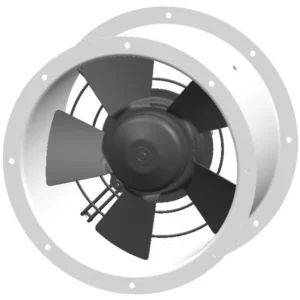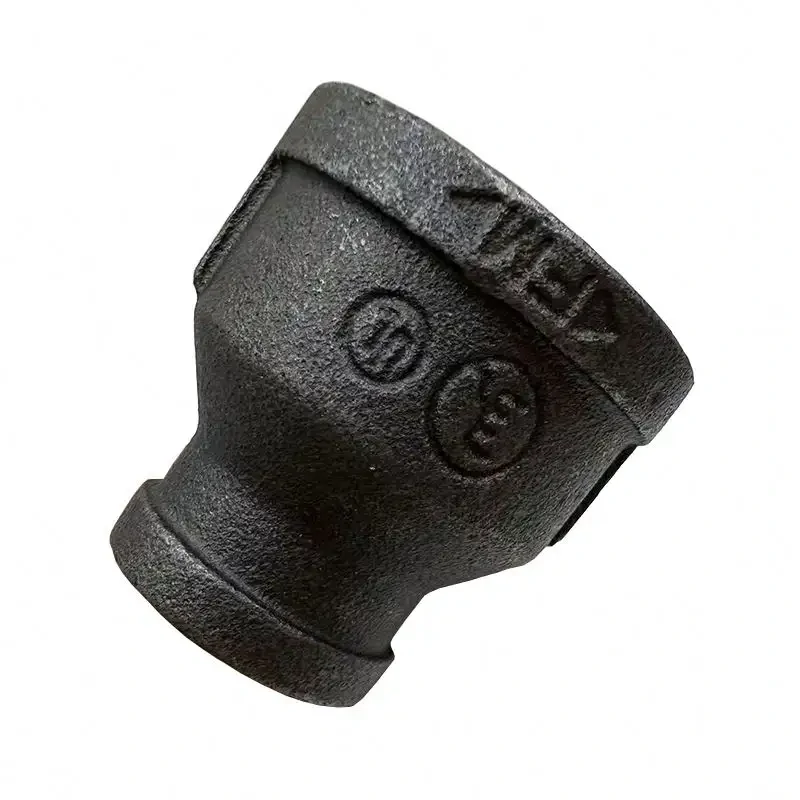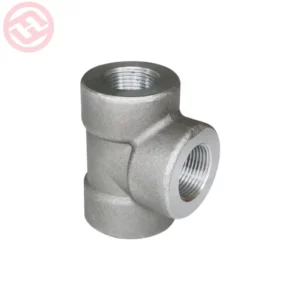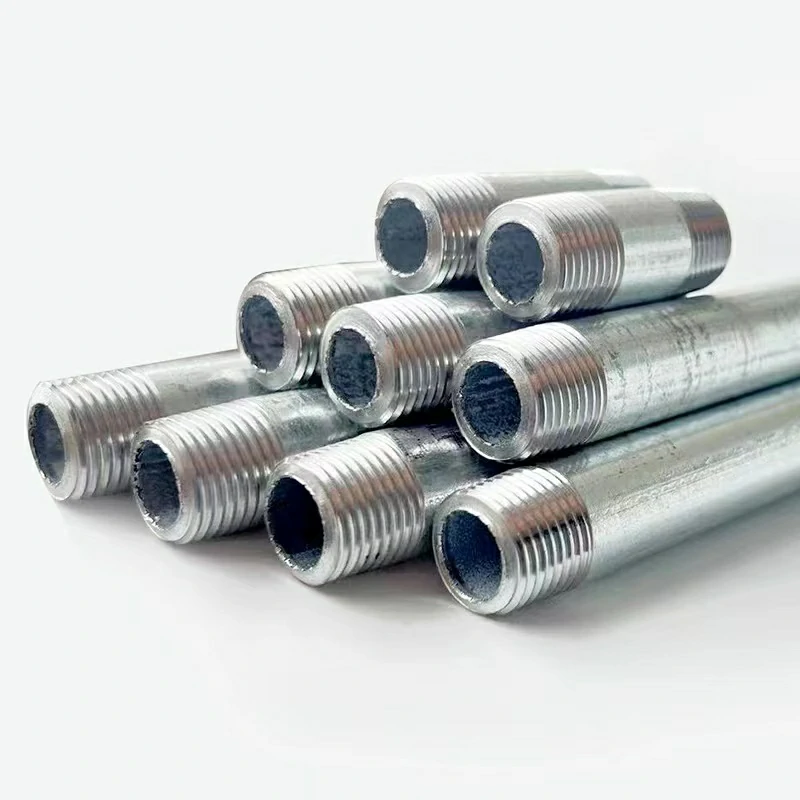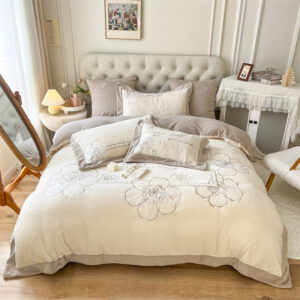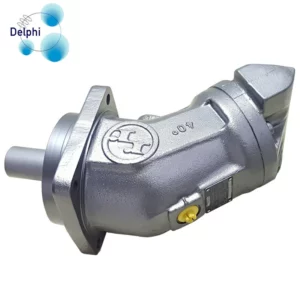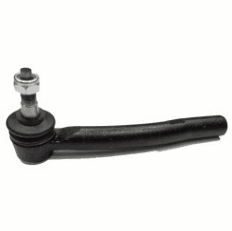Introduction
EC (Electronically Commutated) axial fans have gained popularity due to their energy efficiency, precise control, and quiet operation. When sourcing EC axial fans for your specific applications, working directly with a factory can offer numerous advantages, such as cost savings, customization options, and streamlined communication. This article provides a comprehensive guide on how to choose an EC axial fan factory direct, ensuring you find a reliable partner that meets your requirements.
Research and Identify Your Needs
Before selecting an EC axial fan factory, it’s crucial to define your specific needs and requirements. Consider factors such as airflow capacity, static pressure, noise level, dimensions, and any special features or certifications required for your application. Understanding your needs will help you narrow down the selection and find a factory that can meet your exact specifications.
Evaluate Factory Experience and Expertise
When choosing an EC axial fan factory direct, it’s essential to assess their experience and expertise in manufacturing such fans. Look for established factories with a proven track record in producing high-quality EC axial fans. Consider factors such as the number of years in operation, their customer base, and any certifications or industry affiliations that demonstrate their commitment to quality and compliance.
Quality Assurance and Compliance
Ensure that the factory has robust quality assurance processes in place to guarantee the reliability and performance of their EC axial fans. Inquire about their quality control measures, testing procedures, and adherence to international standards, such as ISO 9001. Additionally, verify if their products comply with relevant industry regulations and certifications, such as CE (Conformité Européene) or UL (Underwriters Laboratories) listings, depending on your location and application requirements.
Customization Capabilities
If you have specific customization needs for your EC axial fans, it’s crucial to choose a factory that offers customization services. Inquire about their ability to modify fan sizes, airflow characteristics, control options, and other features to tailor the fans to your application. A factory with strong engineering capabilities and a willingness to collaborate on custom projects can ensure that your specific requirements are met.
Production Capacity and Lead Times
Consider the production capacity of the factory to ensure they can meet your order requirements within the desired timeframe. Evaluate their manufacturing capabilities, production lines, and inventory management systems. Inquire about their average lead times for production, as well as their ability to handle fluctuations in demand and accommodate urgent orders if needed.
Communication and Support
Effective communication and support are crucial when working directly with an EC axial fan factory. Assess their responsiveness, willingness to provide technical assistance, and ability to communicate in your preferred language. A factory that offers prompt and clear communication throughout the production process can help address any concerns, provide updates, and ensure a smooth collaboration.
Pricing and Cost Considerations
While cost is an important factor, it should not be the sole determinant in choosing an EC axial fan factory. Request detailed pricing information, including unit costs, any minimum order quantities, ec axial fan factory direct sales and any potential discounts for bulk orders or long-term partnerships. Consider the overall value proposition offered by the factory, including factors such as quality, customization options, and after-sales support, in addition to the initial cost.
Conclusion
Choosing an EC axial fan factory direct requires careful consideration to ensure you find a reliable and capable partner. By researching your needs, evaluating the factory’s experience, assessing their quality assurance processes, considering customization capabilities, and examining production capacity and support, you can find a factory that aligns with your requirements. Working directly with a factory can provide advantages in terms of cost savings, customization options, and streamlined communication, ultimately leading to high-quality EC axial fans that meet your specific application needs.
